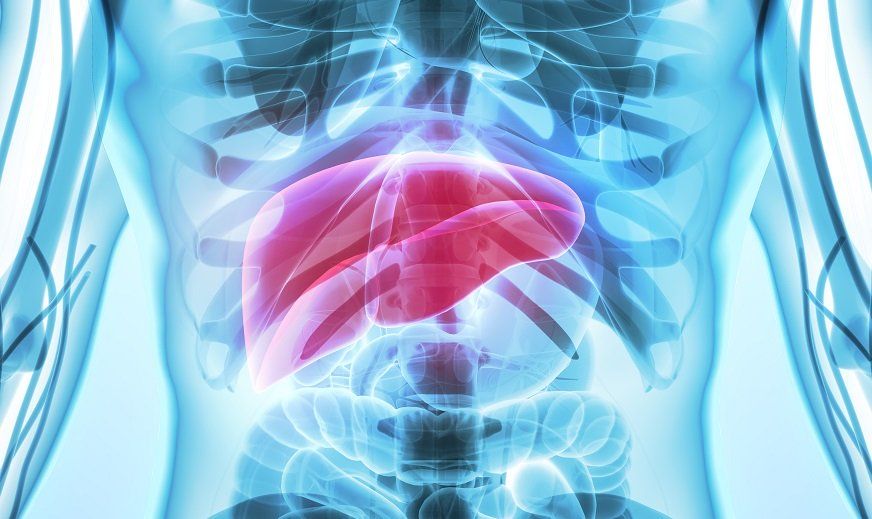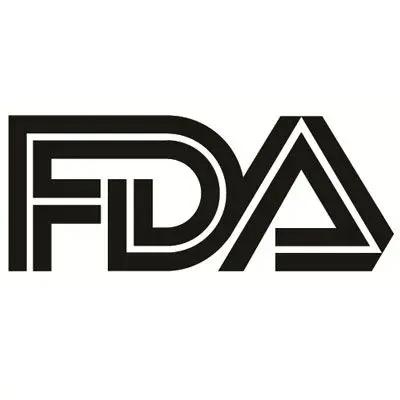Article
Nonalcoholic Fatty Liver Disease May Be Underappreciated Comorbidity Among People With HIV
Author(s):
Research on nonalcoholic fatty liver disease in persons infected with HIV revealed a prevalence of the condition of about 40%.
Research on nonalcoholic fatty liver disease in persons infected with HIV revealed a prevalence of the condition of about 40%, suggesting the condition may be an underappreciated comorbidity in this population.
A team of investigators led by Matthew Copeland, DO, an internist at Medstar Georgetown University Hospital in Washington, DC, set out to determine the prevalence and characteristics of nonalcoholic fatty liver disease in persons with HIV in a regional cohort of patients.
IBM Watson’s EXPLORYS platform was used to analyze a de-identified database of medical records of patients who were seen at Medstar Health Facilities in Washington, DC, between January 1, 2006, and December 31, 2016. Diagnoses of HIV, nonalcoholic fatty liver disease, cirrhosis, hepatitis B or hepatitis C virus infection were identified through ICD-9 and ICD-10 codes.
More than 31,000 patients (n = 31,005) in the database were identified as having HIV. Of these patients, the majority (68%) were male and/or African American (74%). A total of 510 patients (1.64%) were diagnosed with nonalcoholic fatty liver disease and more than half (n = 269, 52.7%) were also coinfected with hepatitis B virus and/or hepatitis C virus. Hyperlipidemia, diabetes, and obesity were the most common metabolic comorbidities among patients with nonalcoholic fatty liver disease, at 43.5%, 43.1%, and 29.8%, respectively. Cardiovascular disease was noted in 27% of these patients, while 36% had chronic kidney disease.
Among the patients who were only infected with HIV, 44% (n = 106) had at least 2 sets of abnormal AST and ALT lab tests, wrote the study authors. Diabetes and risk factors for obesity were present in about a quarter of patients (n = 60, 24.9%).
Cirrhosis was more significantly associated with those patients with HIV who had nonalcoholic fatty liver disease than those without (23.7% vs 3.28%, P<.0001).
A preliminary analysis on the effect of antiretrovirals on the association with nonalcoholic fatty liver disease indicated that exposure to protease inhibitors (68.7% of patients) and non-nucleoside reverse transcriptase inhibitors (49.1% of patients) was more likely to be associated with the condition (OR 1.99 95%CI 1.63-2.42), and (OR 1.73 (95%CI 1.37-2.18), respectively.
The investigators concluded that because cirrhosis was strongly associated with nonalcoholic fatty liver disease in patients only infected with HIV, active surveillance may be needed in this patient population.
The study, “Characteristics of Nonalcoholic Fatty Liver Disease in HIV-Infected Patients: An Under-Recognized Complication in a Large Patient Cohort,” was presented at the 2018 American Association for the Study of Liver Diseases (AASLD) Liver Meeting, November 9-13, 2018, in San Francisco, California.




